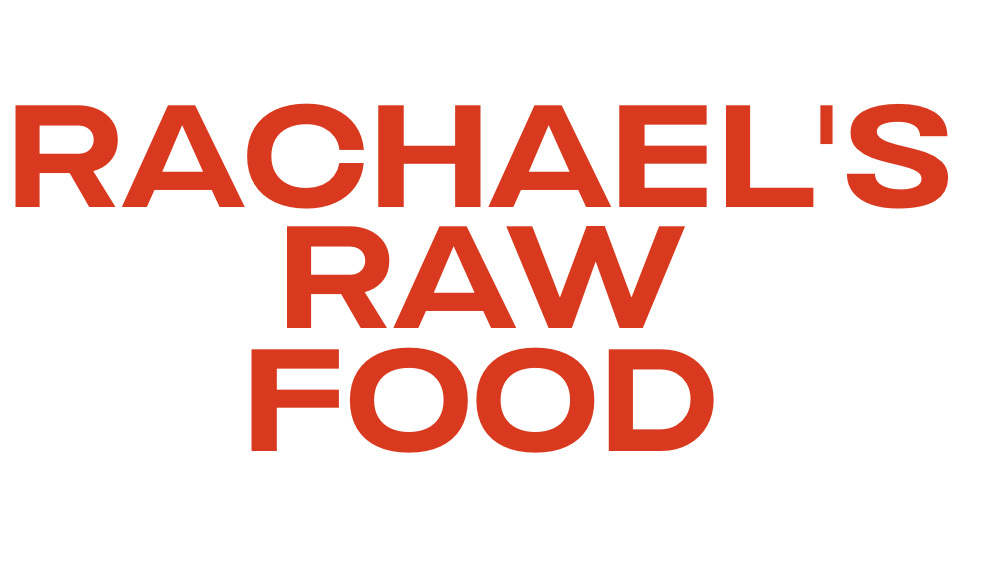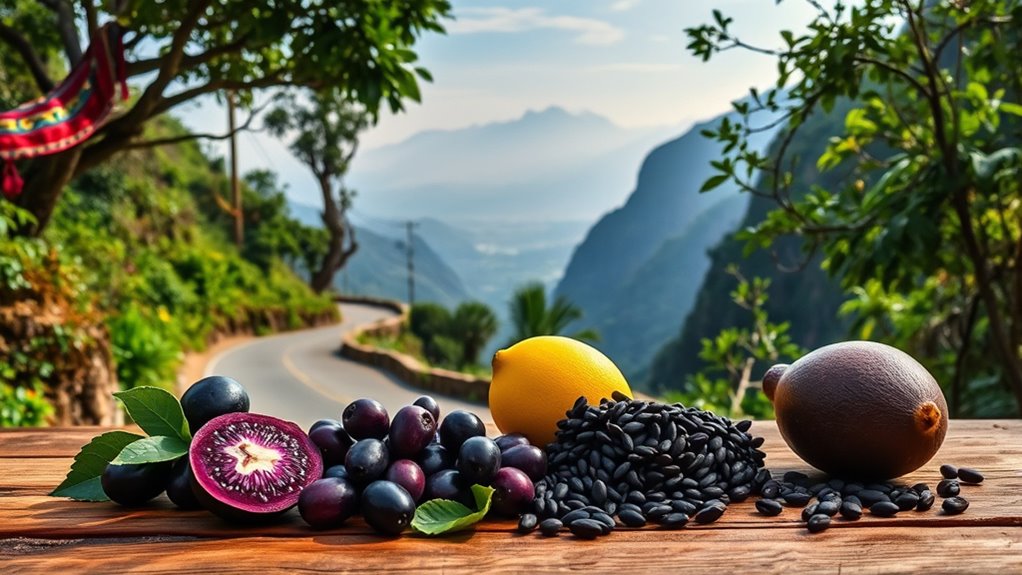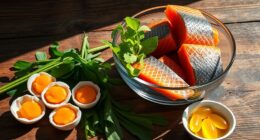On your South American superfoods tour from Peru to Brazil, you’ll experience the rich cultural history of grains like quinoa, amaranth, and kiwicha. Along the way, you’ll discover traditional preparation methods—rinsing, roasting, and fermenting—that preserve flavor and boost nutrition. These ancient grains connect you to indigenous communities and their resilient culinary traditions. Keep exploring, and you’ll uncover how these superfoods continue to nourish and inspire modern cuisine across the continent.
Key Takeaways
- Explore traditional grains like quinoa, amaranth, and kiwicha, highlighting their cultural roots and nutritional benefits across Peru and Brazil.
- Discover indigenous cooking techniques such as roasting, fermenting, and simmering that enhance flavor and preserve heritage.
- Experience authentic dishes that incorporate native ingredients, showcasing the culinary diversity and cultural significance of South American superfoods.
- Learn about the economic and social importance of cultivating and trading these grains within local communities.
- Appreciate the resilience and cultural pride embedded in traditional food practices from the Andes to the Amazon.

Begin the South American Superfoods Tour and discover the vibrant flavors and incredible health benefits of the continent’s most celebrated superfoods. As you travel from Peru to Brazil, you’ll encounter a rich tapestry of ingredients rooted in centuries of tradition. One of the standout features of this journey is exploring ancient grain varieties, which have sustained indigenous communities long before modern agriculture. Quinoa, amaranth, and kiwicha are just a few grains that pack a powerful nutritional punch, offering complete proteins, fiber, and essential minerals. These grains aren’t just superfoods; they’re living links to ancient cultures, passed down through generations. When preparing these grains, traditional cooking techniques play a crucial role in preserving their flavor and nutritional integrity. For example, quinoa is often rinsed thoroughly to remove saponins, then cooked in earthenware pots over open flames, enhancing its earthy aroma. Similarly, amaranth seeds might be popped like popcorn or cooked into porridge using traditional methods that maximize their natural nutty taste and health benefits. These techniques aren’t just about flavor—they help access the full potential of each grain, making them more digestible and nutrient-rich.
As you explore local markets and kitchens, you’ll see how indigenous communities have perfected their recipes using age-old methods. Cooking grains with natural ingredients like herbs, chili, and native vegetables not only enhances flavor but also embeds cultural significance into every meal. These techniques often involve slow simmering, fermenting, or roasting, which intensifies flavors and boosts nutrient availability. You’ll find that many traditional dishes are simple yet incredibly nourishing, emphasizing the deep connection between food, culture, and health. Learning how these ancient grains are incorporated into everyday cuisine reveals a respect for tradition that’s still alive today. Additionally, understanding the nutritional value of these grains highlights their importance in maintaining a balanced diet and supporting local economies.
Throughout your journey, you’ll notice that these grains and cooking techniques aren’t just preservation of history—they’re essential to the health and identity of local communities. Their versatility allows you to enjoy hearty porridges, salads, or even baked goods, all prepared with methods honed over generations. As you taste these dishes, remember that the secret lies not only in the ingredients but also in the time-honored techniques used to prepare them. This rich culinary heritage is a testament to the resilience and ingenuity of South America’s indigenous peoples. Embracing these traditions during your road trip offers a deeper appreciation of the continent’s superfoods, rooted in history, crafted with care, and bursting with flavor and nutrition.
Frequently Asked Questions
What Are the Best Months to Visit South America for Superfoods?
You should visit South America during its peak harvest months to enjoy the freshest superfoods. Typically, the best time is from May to September in the Southern Hemisphere, aligning with seasonal harvests. This period also showcases regional culinary practices, allowing you to experience authentic dishes with superfoods like quinoa, acai, and Brazil nuts at their best. Traveling during these months guarantees you get the most vibrant flavors and nutritional benefits.
How Do Local Diets Incorporate These Superfoods Daily?
Your curiosity is a gateway to understanding a culinary universe that’s bursting with energy. Local diets seamlessly incorporate superfoods through culinary integration in traditional recipes, making them an everyday staple. From Peru’s ceviche with quinoa to Brazil’s acai bowls, these superfoods elevate simple dishes into nutritious masterpieces. By embracing these ingredients daily, locals transform their meals into powerful health boosts, demonstrating how tradition and superfoods harmoniously create a vibrant, nourishing lifestyle.
Are There Any Health Risks Associated With Consuming These Superfoods?
You should consider nutritional safety and allergy concerns when consuming superfoods. While they’re packed with nutrients, some may cause allergic reactions or interact with medications. Always introduce new superfoods gradually and pay attention to your body’s response. Consulting with a healthcare professional can help guarantee safety, especially if you have existing allergies or health conditions. Being cautious helps you enjoy these foods without risking adverse effects.
How Accessible Are These Superfoods Outside South America?
Ever wondered if these superfoods are easy to find outside South America? You might be surprised—exporting challenges and limited international availability make it tough. Some superfoods are now available in specialty stores or online, but they can be rare and pricey. Your best bet is to seek out trustworthy suppliers who import directly, ensuring quality and freshness. Don’t give up; the vibrant flavors and health benefits are worth the effort!
What Cultural Traditions Are Linked to These Superfoods?
You’ll find that these superfoods are deeply woven into cultural traditions. During traditional festivals, they’re often used in special dishes, symbolizing prosperity or health. Culinary rituals, like preparing ceviche with local Amazonian ingredients in Brazil or sharing quinoa during Andean celebrations, highlight their cultural significance. These practices preserve heritage and bring communities together, making the superfoods more than just nutrition—they’re a essential part of cultural identity.
Conclusion
As your journey winds through Peru’s lush valleys and Brazil’s vibrant markets, you become part of a living tapestry woven with the colors, flavors, and stories of South America’s superfoods. Each bite and sight fuels your spirit, turning your trip into a symphony of health and adventure. So, keep exploring, for this vibrant continent’s bounty is an endless treasure chest waiting to nourish your body and ignite your soul with every step you take.










